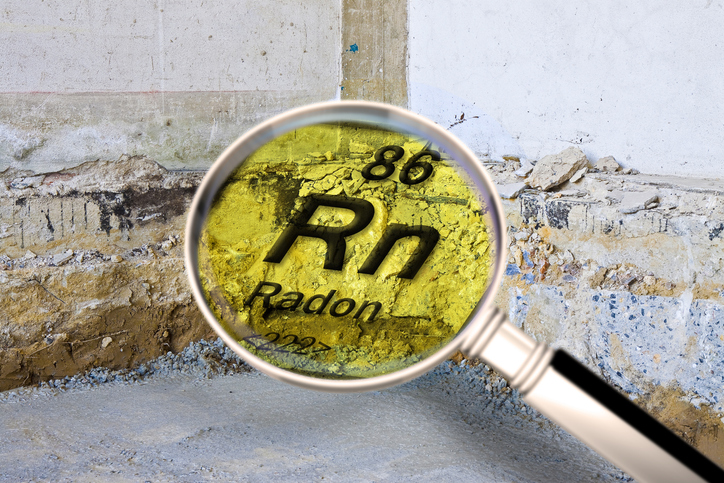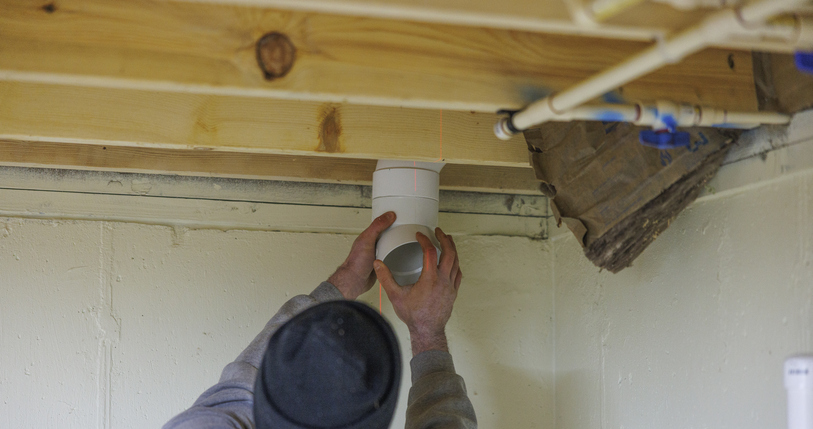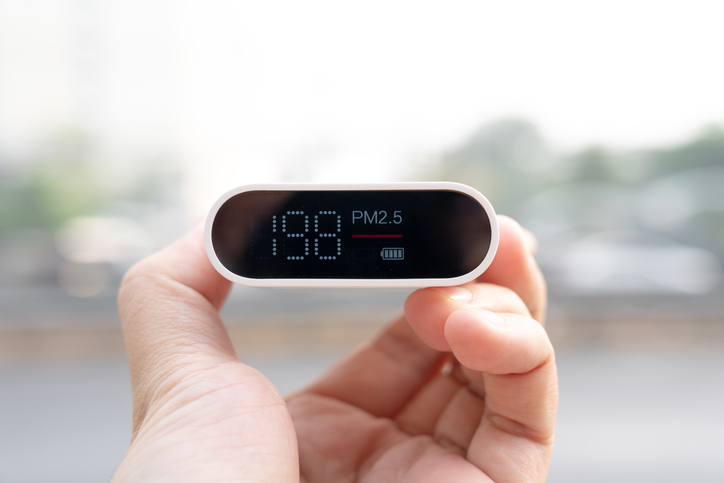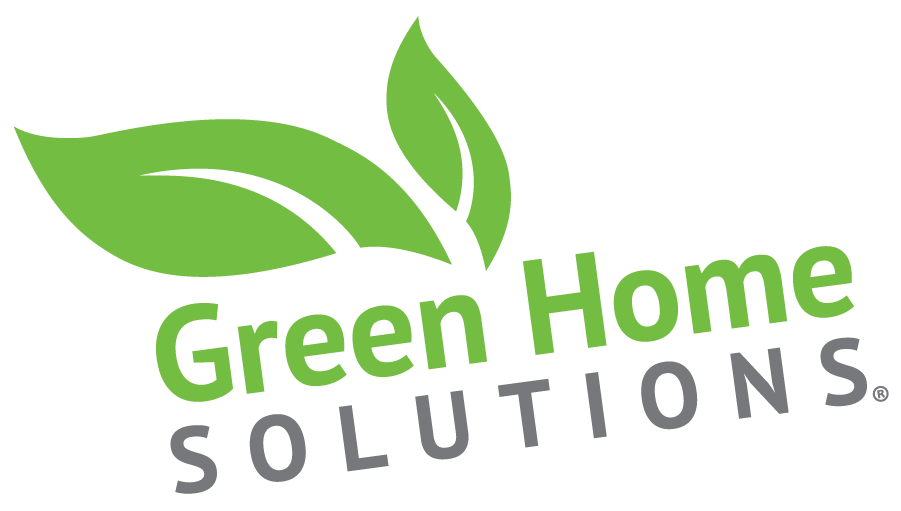What You Should Know About Radon and Radon Testing Services

Understanding the Health Risks of Radon Gas in Your Home
Radon is an invisible, odorless gas that can seep into your home from the ground—especially through basement floors and foundation cracks. Long-term exposure to high radon levels is the second leading cause of lung cancer in the U.S., according to the EPA.
This guide explains what radon is, why testing matters, and how professional radon testing services can help you identify and mitigate this serious indoor air quality threat.
What Is Radon?
Radon is a naturally occurring radioactive gas released from soil, rock, and water. It forms from the breakdown of uranium underground and enters homes through cracks in the foundation, basement walls, crawl spaces, or slab floors.
How Radon Enters Your Home
-
Cracks in basement walls and floors
-
Gaps around pipes and drains
-
Crawl spaces with exposed soil
-
Sump pump pits or construction joints
Homes with basements or poor ventilation are especially vulnerable. Since radon is colorless and odorless, the only way to know your home’s levels is through professional radon testing services.


Why Is Radon Dangerous?
Radon exposure is a serious health risk. When inhaled, radioactive particles can damage lung tissue over time. According to the Environmental Protection Agency (EPA), radon is responsible for approximately 21,000 lung cancer deaths per year in the U.S.
Health Risks of Radon Exposure
-
Increased risk of lung cancer
-
Greater risk for smokers and former smokers
-
No immediate symptoms—effects build over time
-
Children may be more susceptible due to faster breathing rates


How Radon Testing Works
Professional radon testing services use advanced monitors to detect and measure radon levels over a period of hours or days. Tests can be either short-term (2–7 days) or long-term (90+ days), depending on your situation.
When Should You Test for Radon?
-
Before buying or selling a home
-
After major renovations or foundation work
-
If you’ve never tested your home before
-
If your neighbors have had high radon readings
If testing reveals elevated levels (4.0 pCi/L or higher), mitigation is recommended to reduce the gas entering your home.
What to Do If Radon Levels Are High
If your radon levels exceed the EPA’s action threshold, don’t panic. Radon mitigation systems can significantly reduce your exposure and improve your indoor air quality.
Common radon mitigation methods include:
-
Sub-slab depressurization systems
-
Sealing foundation cracks and entry points
-
Improving ventilation in basements and crawl spaces
Learn more about our full basement waterproofing services and how they can work alongside radon mitigation to keep your home safe and dry.
Other Indoor Air Quality Threats to Watch For
Radon is just one of many pollutants that can affect your home’s air. Mold, VOCs, excess humidity, and poor ventilation can also pose health risks.
Explore our Indoor Air Quality & Mold Inspection services to understand how to keep the air in your home clean and healthy year-round.
Want to dive deeper into radon awareness and safety? Visit the EPA Radon Resource Center for detailed guides, safety standards, and updated national radon maps.

Final Thoughts on Radon Testing Services
Radon can’t be seen or smelled—but it can be found and fixed. Routine radon testing services give you peace of mind that your home is safe from this hidden danger.
If you’re unsure whether your home has been tested or need help interpreting results, reach out to your local Green Home Solutions of Boulder, CO team. We’re here to help protect your family’s health with science-based solutions and expert care.
Contact Us Today to Request a Service
Isn’t it time for you to breathe cleaner, fresher air? Complete our simple form to request any of our services including air quality testing, mold removal, odor treatment, crawl space encapsulation, duct cleaning and more, or call Green Home Solutions of Boulder, CO at 303-870-0119 to talk with an expert today.
